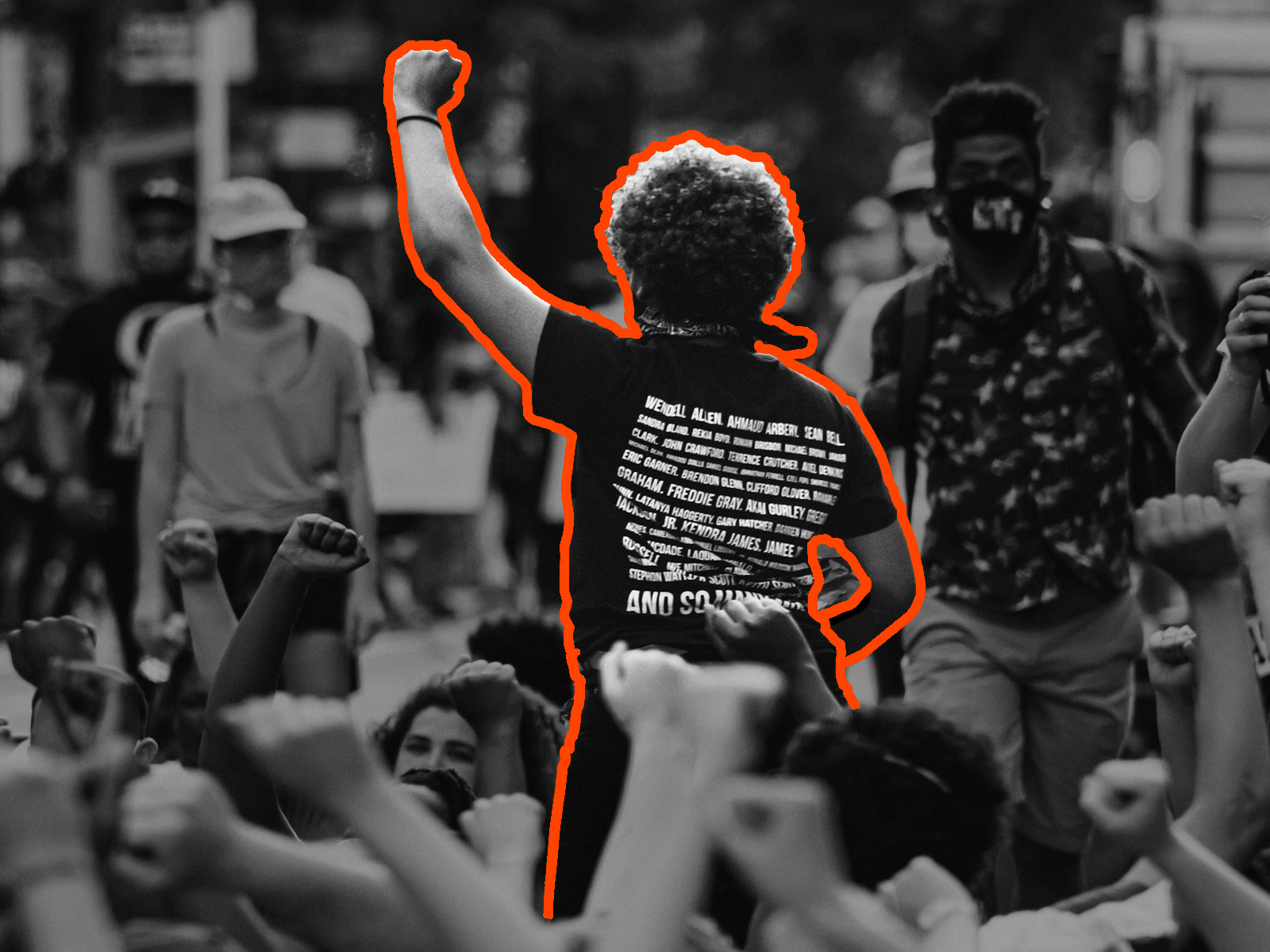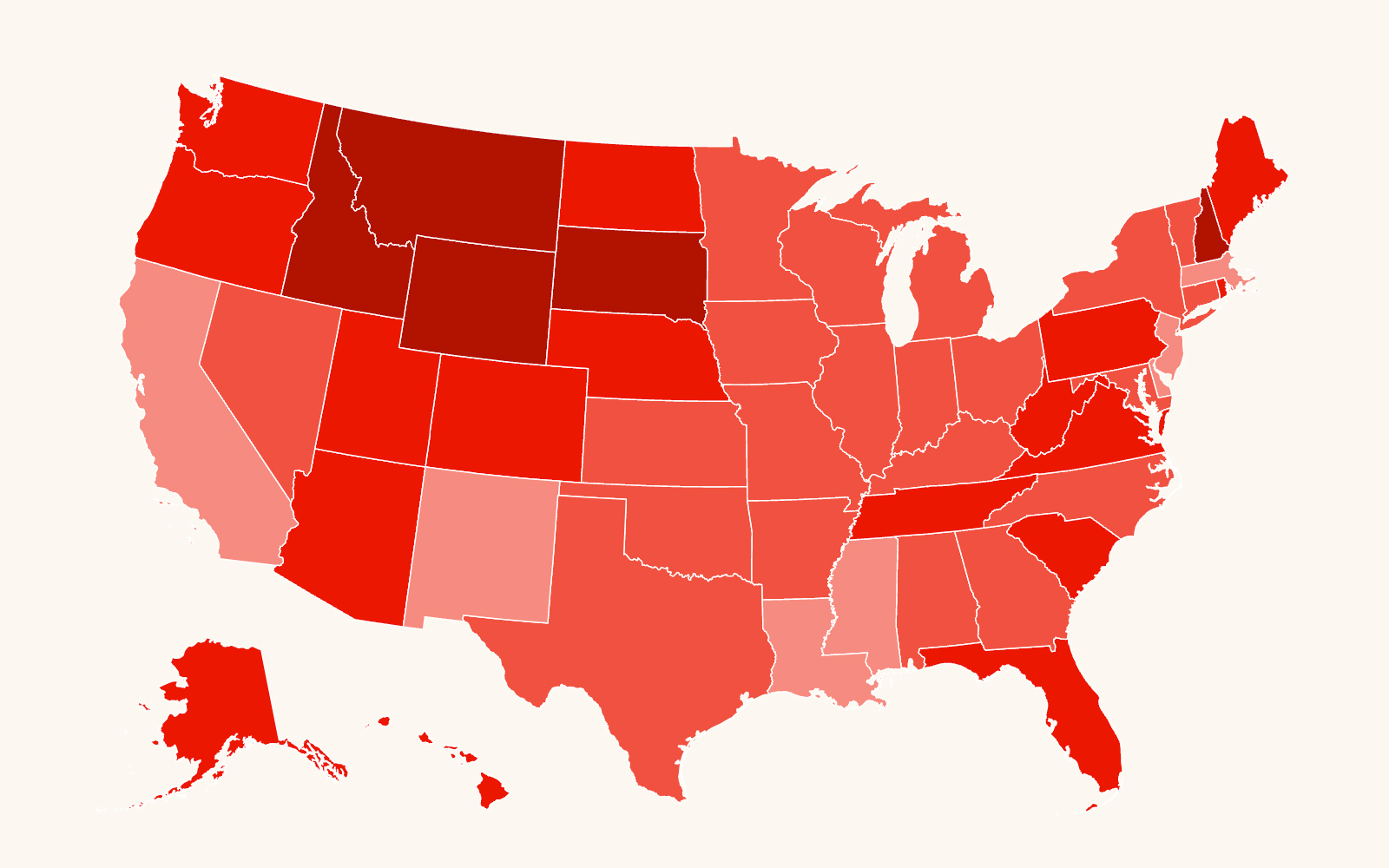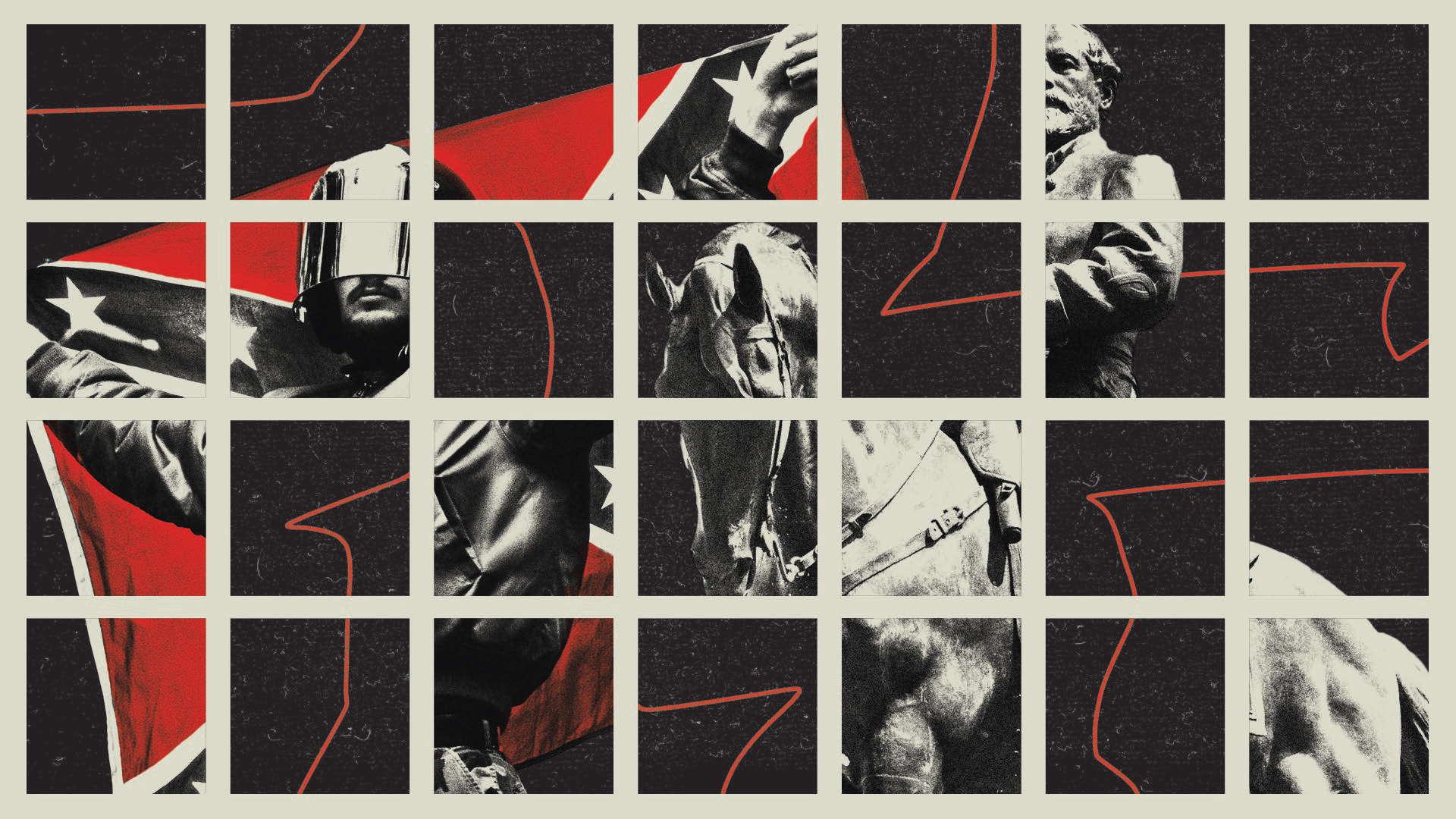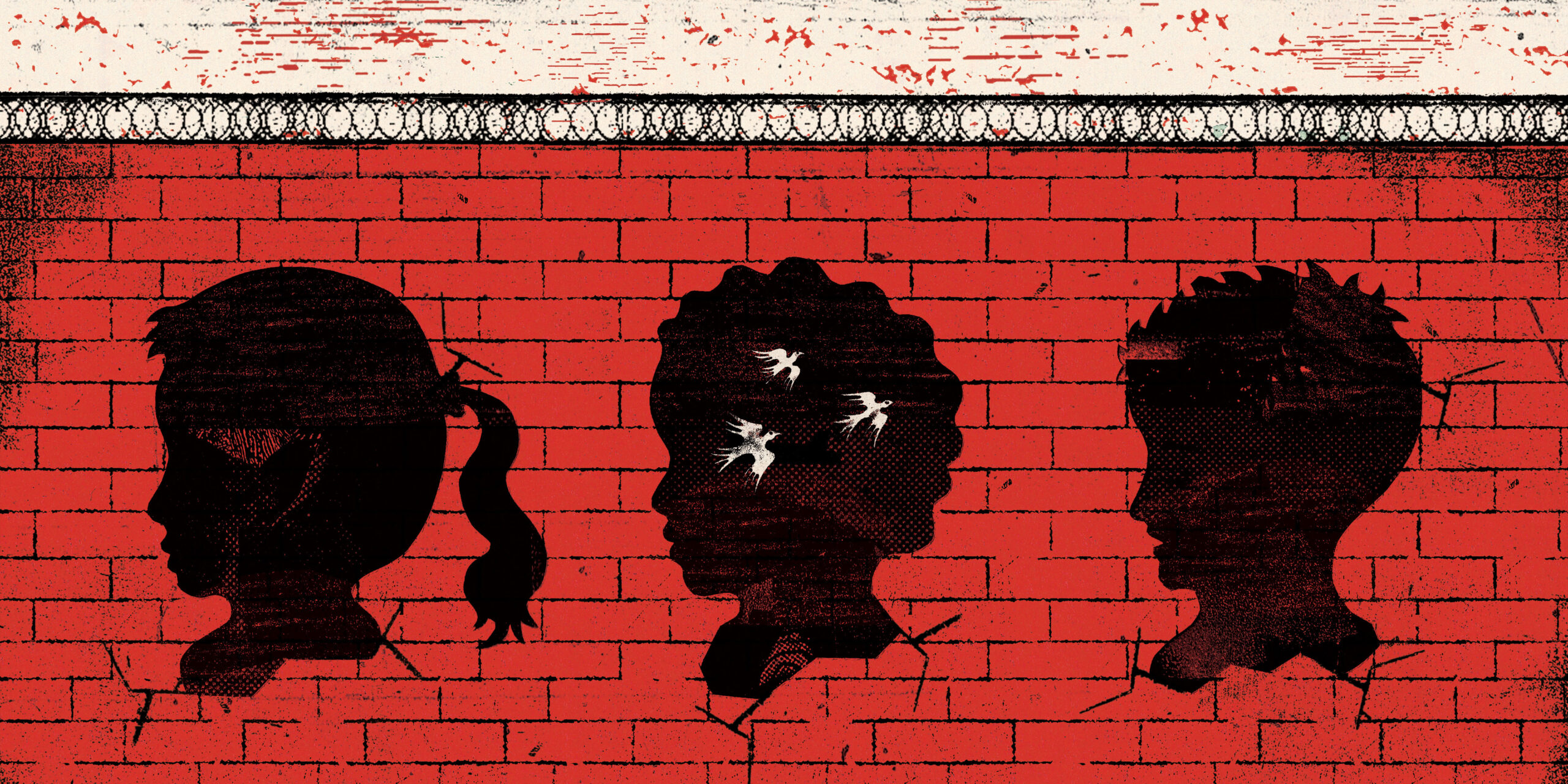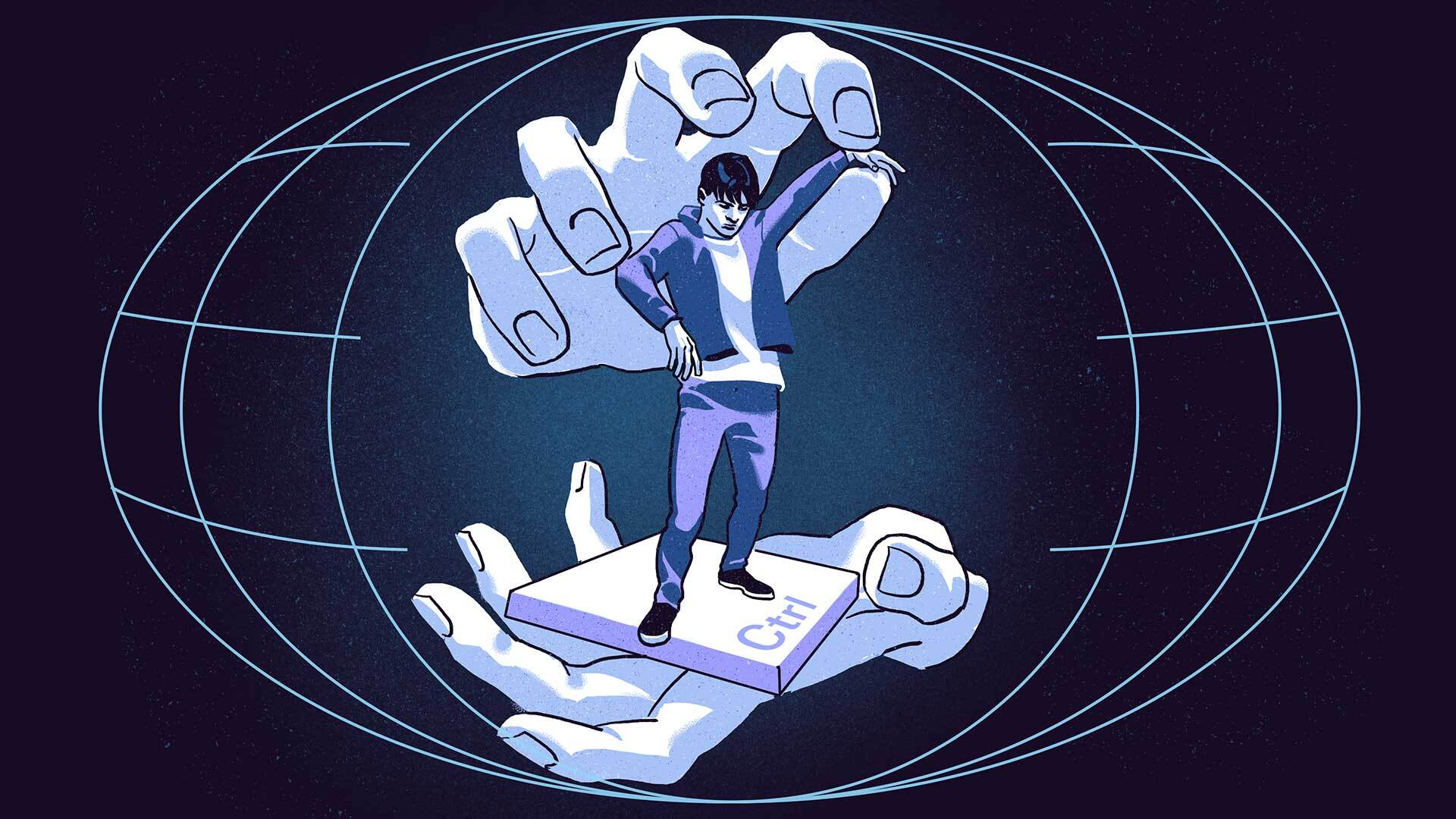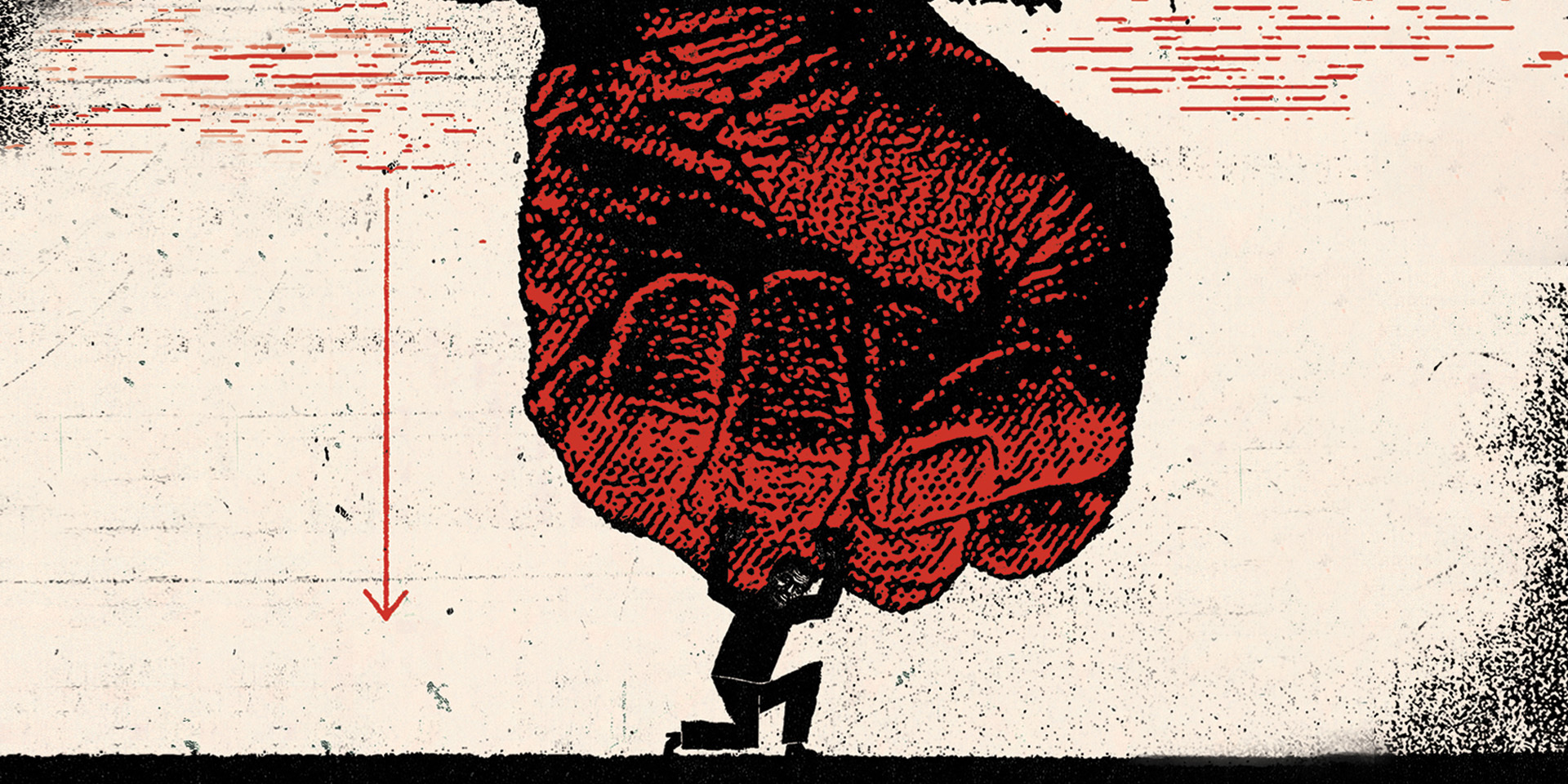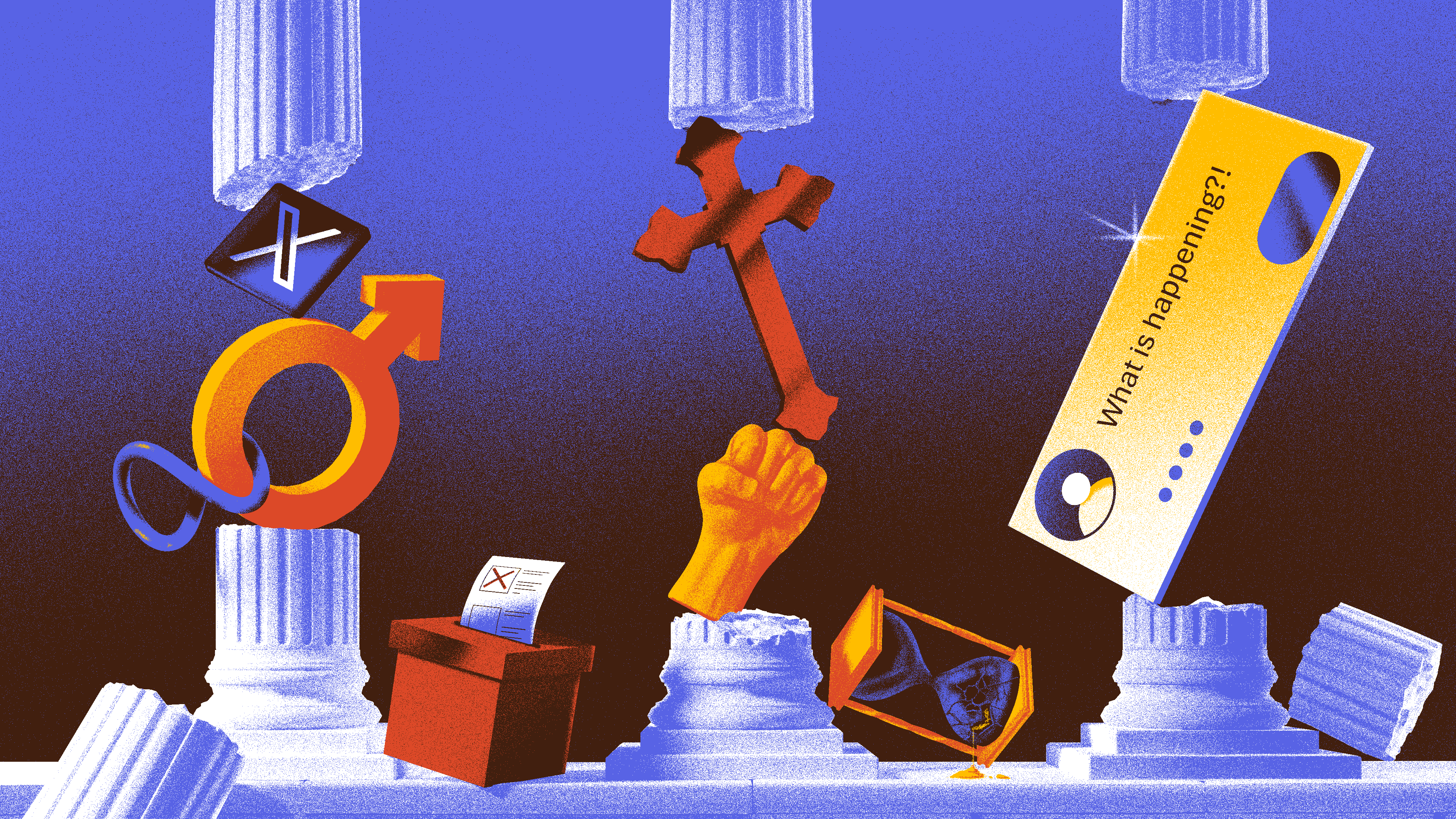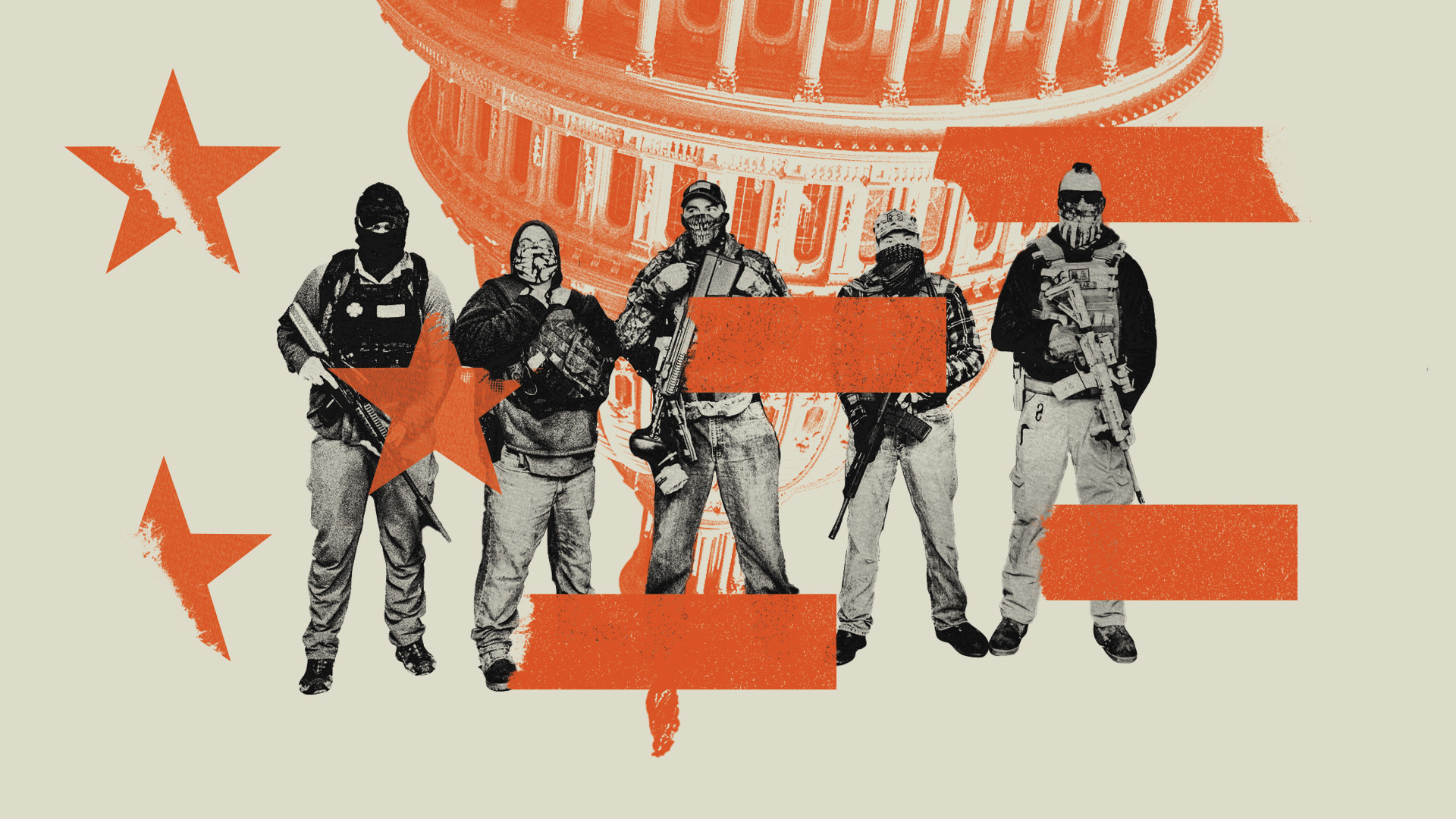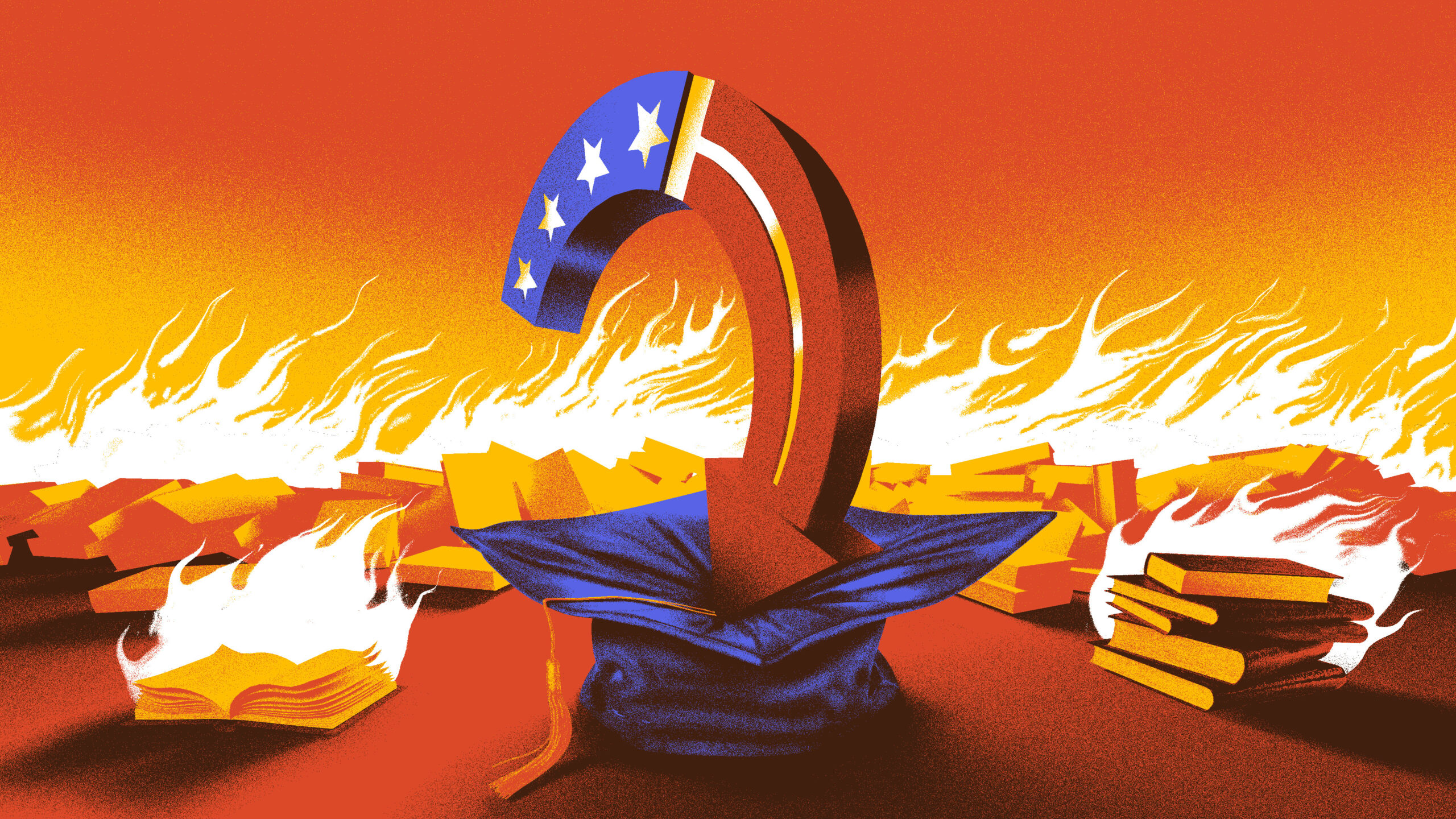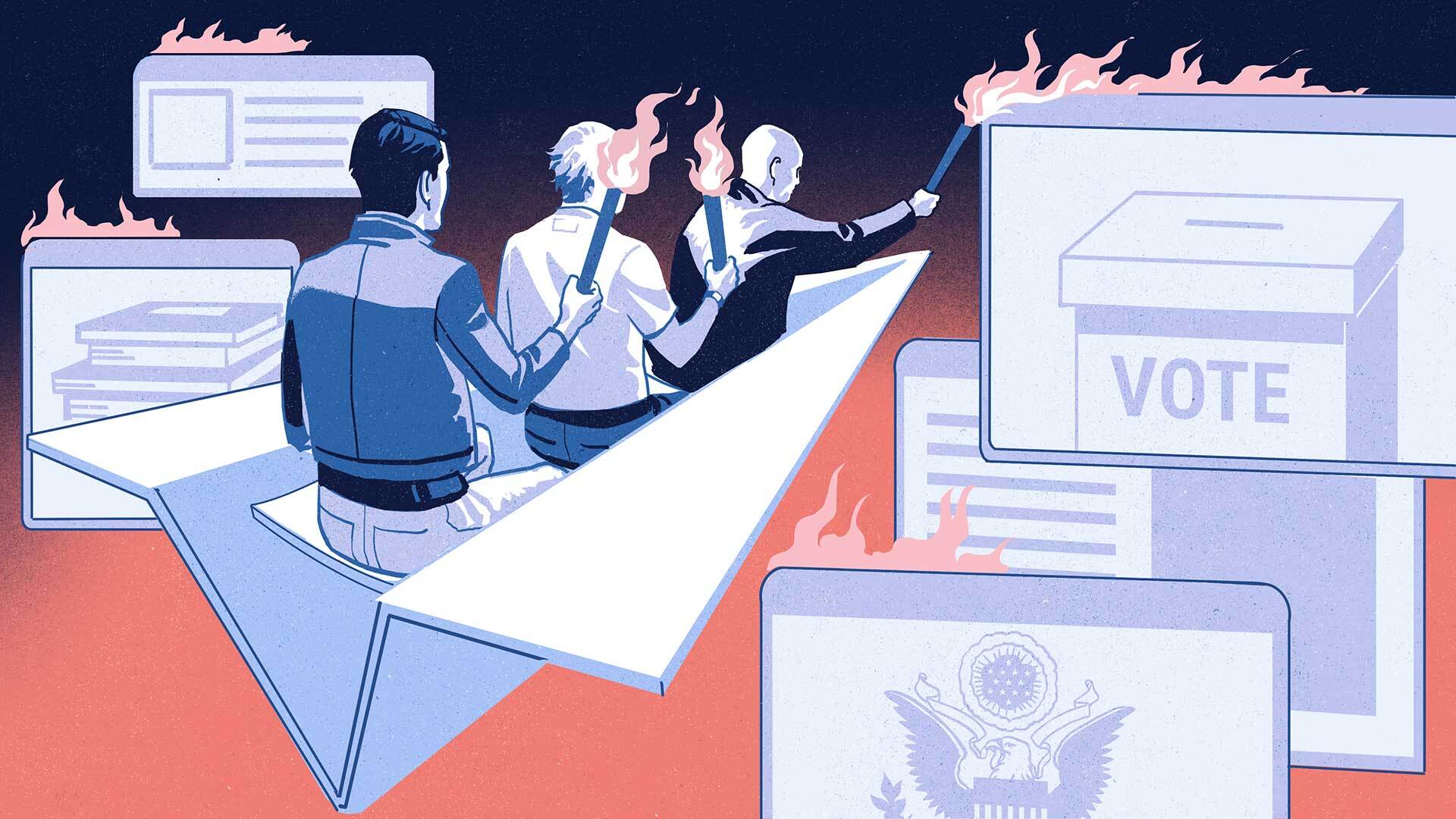Almost 25 years ago, the Southern Poverty Law Center documented 121 neo-Confederate groups and called the movement “burgeoning.” For nearly a decade at the beginning of the 21st century, neo-Confederate group numbers across the South hovered near that high. The movement had been building since the 1990s and had returned to the more overt white supremacist trappings inherent in its Civil War roots.
The neo-Confederate movement is at its core a reactionary, revisionist branch of American white nationalism typified by its fondness for symbols of the Confederate States of America. It pairs this revisionism with a strong belief in the validity of the failed doctrines of nullification and secession that rose to prominence from 1901 to the present-day South.
Today, the movement is a shadow of what it was during its modern peak in the early 2000s. By 2022, only 14 neo-Confederate hate groups existed, and in 2024, just four remained and showed any sign of activity.
The waning relevance and reach of the neo-Confederate movement can be attributed to a few key efforts — a decades-long pressure campaign led by the SPLC and Southern civil rights activists; legal costs from the civil case against the organizers of the deadly 2017 Unite the Right rally in Charlottesville, Virginia; criminal cases relating to events surrounding Unite the Right; and the adoption of neo-Confederate ideology by more politically engaged groups in the far-right movement.
The figures that upheld this movement and its groups have struggled to find relevance in a crowded hard-right white nationalist environment. For a decade, the movement was centered around Michael Hill’s organization the League of the South. Founded in 1994 as the Southern League, its overarching mission has been to create a white ethnostate, a “godly” nation run by an “Anglo-Celtic” people. This white Christian theocracy would be the realization of the goals of Southern secession.
Initially, Hill recruited thousands by advertising his group’s academic facade, and initially insisting that the group was not racist. As the SPLC worked to expose the League of the South’s coordination with other white nationalist groups like the neo-Nazi National Alliance and Council of Conservative Citizens and its harmful ideas, such as advocating for a return to “general European cultural hegemony,” its membership dwindled.
Today the League of the South has not rebounded from the fallout from its attendance at the deadly August 2017 riot at Unite the Right. While 10 chapters persisted in 2022, only one remained operational by 2024. The organization didn’t even hold its annual conference in 2024.

Later, Hill rebranded the League of the South as the Southern Nationalist League in late 2024, perhaps in an attempt to salvage the movement. Complete with a new website, donation apparatus, podcast and blog, the new venture seemingly provides the group an opportunity to avoid the financial burden stemming from the Sines v. Kessler lawsuit. Nine plaintiffs harmed at the Unite the Right rally brought the lawsuit against Hill and other white nationalist organizers and promoters, who were found liable in 2021 on civil conspiracy.
The remaining four neo-Confederate groups in 2024 organized small, insular gatherings like Dixie Fest and the Southern Cultural Center’s annual conference. The conference featured John Weaver, previously of the Council of Conservative Citizens; white nationalist Jared Taylor of American Renaissance; and white nationalist radio host James Edwards. Southern Cultural Center members also attended the American Renaissance conference, which included lectures by former Klan lawyer Sam Dickson, white nationalist propagandist Kevin DeAnna and University of Pennsylvania Law School professor Amy Wax.
The neo-Confederate movement long used this kind of gathering to network within the larger white nationalist movement and to deepen the ideological commitment of adherents. The movement also primarily employed public demonstrations to bring attention to its cause and intimidate Black communities. At its peak in January 2000, some 8,000 neo-Confederate sympathizers gathered in South Carolina in front of the world’s largest Confederate flag to rail against “political correctness” and the NAACP’s effort to remove the flag.
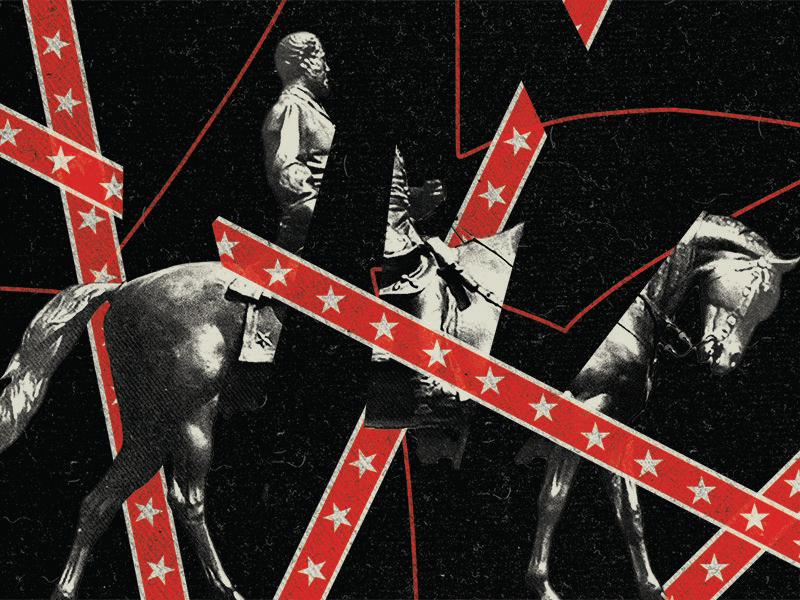
No such large-scale rally filled statehouse steps in 2024. The years of ostentatious marches and histrionic demonstrations have diminished with the persistence of local efforts to remove racist and Confederate iconography from public memorial. However, the tactic of making inroads into partisan politics through a focus on public policies around Confederate monuments, symbols and revisionist educational curricula has continued.
Nothing better exemplified this blatant effort than an incident at the opening of the 2000 Republican National Convention when a small plane flew over the Philadelphia venue with a Confederate battle flag trailing behind it across the sky. John McCain and George W. Bush, the principal Republican presidential candidates at the time, declined to take a position on the Confederate flag flying over the South Carolina statehouse. McCain initially called the flag a “symbol of racism and slavery,” before backtracking the next day and calling it a “symbol of heritage.”
Yet, despite the near-complete disappearance of the organized neo-Confederate movement 25 years later, its influence in politics remains evident. During the 2024 presidential election, then-candidate Robert F. Kennedy Jr. told far-right podcaster Tim Pool that the top Confederate general, Robert E. Lee, had “extraordinary qualities of leadership” that deserve to be celebrated.
While 2024 was concerning for the rise of white supremacist ideas in mainstream political discourse and institutions, the decline of neo-Confederate groups also offered lessons for action. The institutional creep of harmful neo-Confederate ideas was laid bare in Florida in 2024 as schools instructed kids that some Black people benefited from slavery because it taught enslaved people useful skills. While policies that reject teaching the truth about slavery were not always popular opinion, the adoption of neo-Confederate ideas into public policy may have helped to render the movement obsolete.
But the most direct impact on the decline of the neo-Confederate groups is the consistent pressure campaign by the courageous modern civil rights movement. Watchdog groups and local activists have diligently worked to oppose the legacy of the Confederacy found in Black communities across the South. These actions pushed neo-Confederate groups into the shadows and interrupted their organizing. Modern civil rights activists opposing neo-Confederate ideology must now focus on the public institutions intent on incorporating neo-Confederate ideology into policy.
Illustrations by Joan Wong.

